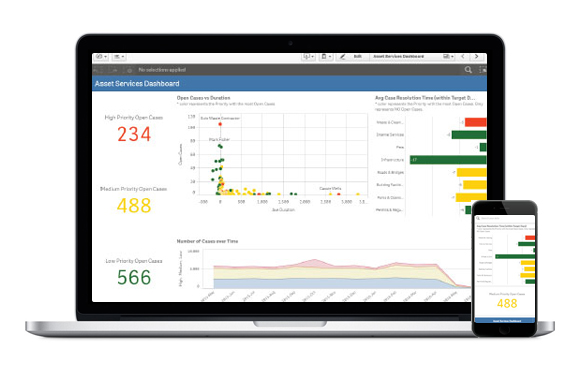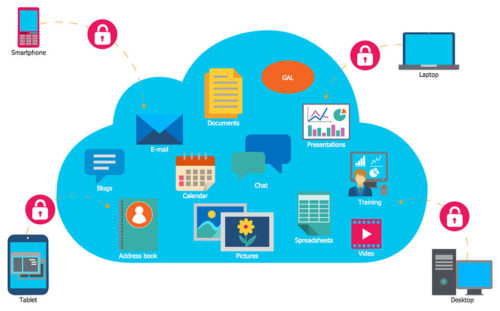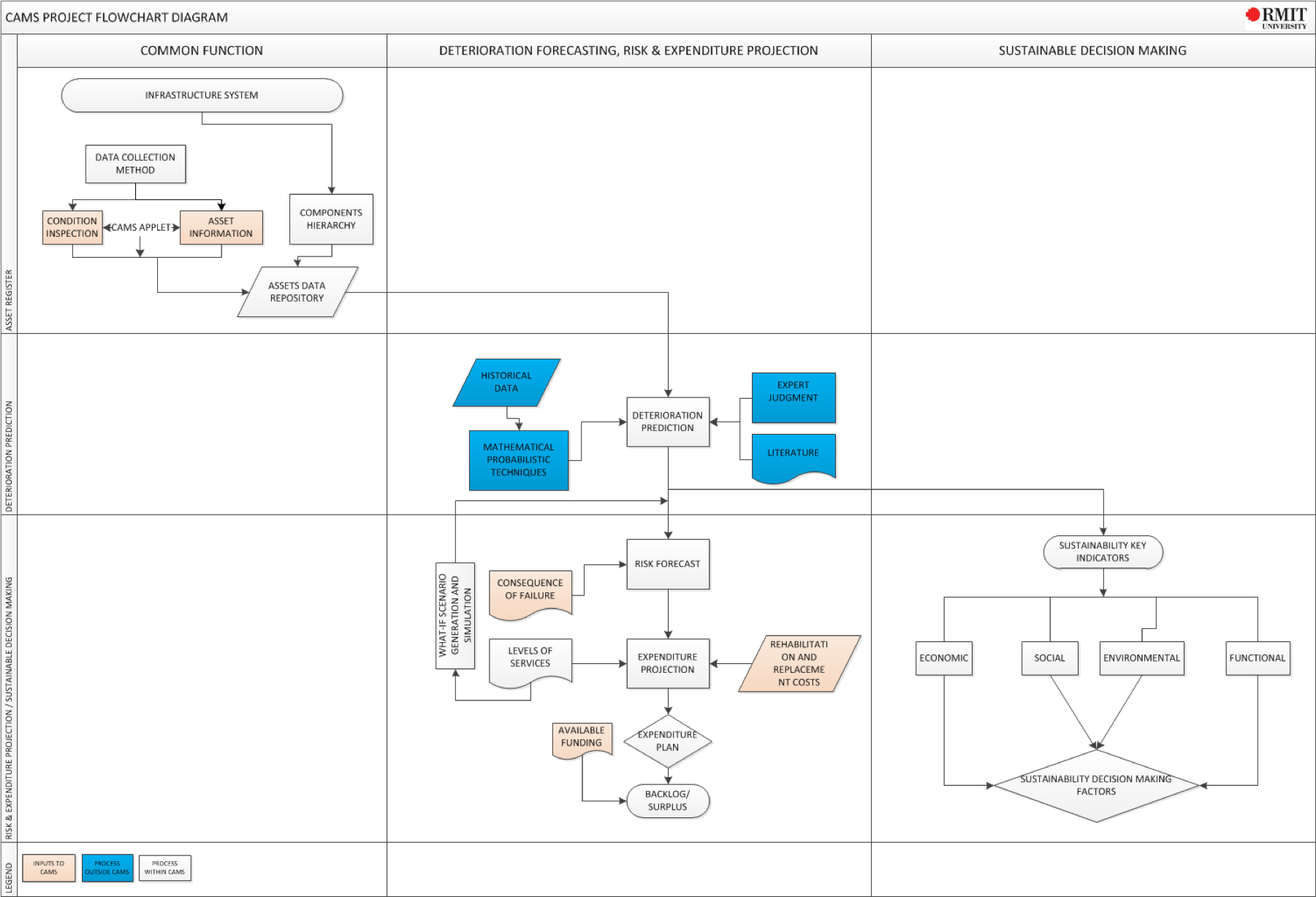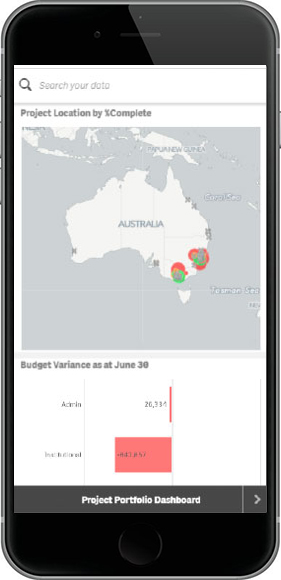CAMS is an outcome of research conducted by RMIT University in partnership with more than 15 local councils in Victoria, Municipal Association of Victoria, Melbourne Water and VicRoads. Integrate Australia Pty Ltd. has been a partner in the first version of CAMS for buildings. CAMS underpins award-winning research on deterioration forecasting and optimised decision making.
Infrastructure assets in Australia represent a vast investment built up over many generations and are valued at approximately 100 billion dollars. Sustainable management and new design of public infrastructure such as buildings, drainage, bridges and roads for long term performance require a good understanding of the deterioration process, which is a function of a multitude of parameters. CAMS supports a data driven methodology for decision making related to life cycle management of infrastructure. Using CAMS , asset managers can capture asset condition data and obtain various analysis reports related to asset deterioration, risk and budget forecasting, allowing them to make informed decisions related to maintenance and budget allocations.




